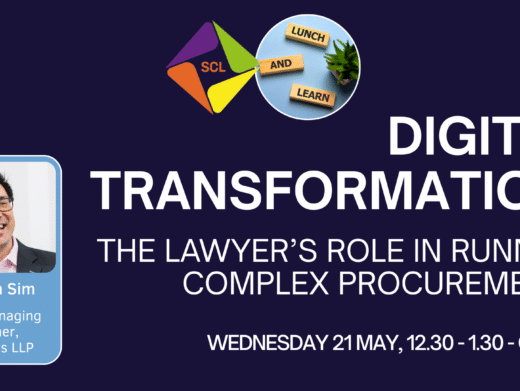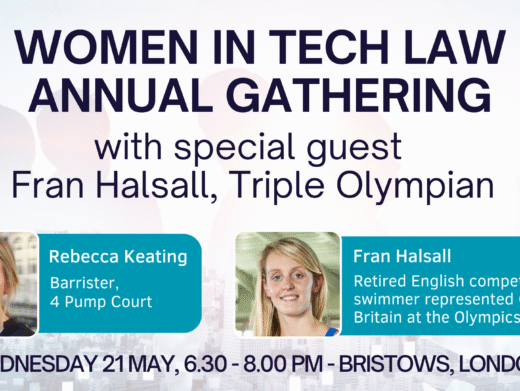Relatively recently the UK Intellectual Property Office, the US Patent and Trade Mark Office and the European Patent Office have all refused patent protection for an invention stated to have been created by an AI machine. This article explains the technology involved and looks at the reasons for the decisions. It is concluded that any change to allow patent protection for inventions created by AI machines will need to result from changes in legislation rather than evolution of case law.
Who was listed as inventor on the patent applications?
Since there was no human inventor, the applicant listed DABUS as inventor on the patent applications. DABUS is an artificial intelligence (AI) machine.
What were the inventions?
There were two patent applications, both involving fractal type patterns. One patent application was about a warning light that flashes in a fractal based sequence to provoke attention. A second patent application was about a food container with a fractal pattern of indentations and protrusions on its outer surface so as to enable two of the food containers to be held together by pressing them together. Doing so reduces the need for packaging to hold multi-packs of beans, tomatoes or other food being sold. At least at first read, the inventions appear to be the type of material for which patents are granted where the inventions are new and not obvious.
What AI technology was involved?
The patent applications themselves do not need to describe the technology used to create the inventions because, currently, that is not a requirement in patent law. The abstract from a US patent related to the creativity machine which was used to create the inventions, explains that neural network technology was used and reads
“A device for simulating human creativity employing a neural network trained to produce input-output maps within some predetermined knowledge domain, an apparatus for subjecting the neural network to perturbations that produce changes in the predetermined knowledge domain, the neural network having an optional output for feeding the outputs of the neural network to a second neural network that evaluates and selects outputs based on training within the second neural network. The device may also include a reciprocal feedback connection from the output of the second neural network to the first neural network to further influence and change what takes place in the aforesaid neural network”.
Did the patent granting authorities argue that AI technology is unable to create inventions?
The USPTO accepted the indication of DABUS as inventor at face value and did not argue that AI technology is only a tool which is incapable of independently creating an invention. The same was true for the EPO and the UKIPO. The UKIPO decision states that “Office practice is to accept the indication of inventors at face value, and that it is up to others to challenge the veracity of such an indication by way of references under sections 8, 12 and 37 (determination of questions about entitlement). To be clear, the Office accepts that DABUS created the inventions set out in the two applications”. The EPO leaves questions of determining entitlement to national offices such as the UKIPO.
What were the reasons for refusing patent protection?
In each case the reason for the refusal was a “formalities” type rejection concerning failure to list a human inventor on the paperwork. Substantive issues such as whether the inventions were new were not assessed by any of the patent offices.
More detail about the decisions
The US Patent and Trade Mark Office found that DABUS is not a person and so cannot be considered an inventor of a patent. The USPTO reached a decision by following Federal Circuit case law and by interpreting the patent statutes. The USPTO wrote to the applicant saying that some of the parts of the patent application were missing because the naming of a machine as inventor does not meet the requirements and that a person must be identified. The applicant would not list a human as an inventor. The applicant asked for the requirement to be waived. The USPTO denied the waiver request meaning that the patent application cannot result in a granted patent. The USPTO argued that “interpreting “inventor” broadly to encompass machines would contradict the plain reading of the patent statutes that refer to persons and individuals” and it would also contradict the manual of patent examination practice which uses terms such as “mental” and “mind”. The USPTO referred to a US Court of Appeals for the Federal Circuit case as evidence that “the patent laws require that an inventor be a natural person”. In the case it was stated that inventorship involves conception which is a mental act: “To perform this mental act, inventors must be natural persons and cannot be corporations or sovereigns.” The USPTO referred to another Federal Circuit case in which it was stated that “only natural persons can be inventors”.
Legal arguments used in the UK case
- The applicant argued that the relevant law uses the word “person” and this word is not limited to a human and encompasses a company. In reply the hearing officer explained that it is settled law that an inventor cannot be a corporate body and that DABUS is a machine and so not a “person” as required by the Patents Act
- The applicant argued that “the actual devisor of the invention” needs to be given and supersedes the requirement of identifying a “person or persons whom he believes to be the inventor or inventors”
- The applicant argued that the functions of the relevant sections of the Patents Act is to identify the actual devisor of the invention and failure to acknowledge this would mislead the public
- The applicant argued that the Travaux Preparatoires of the European Patent Convention are useful to understand the formal requirement for mentioning the inventor and that these do not prohibit patenting inventions made by AI systems. In reply the hearing officer explained that the Intellectual Property Office is not able to take an interpretation of law that was not intended upon implementation and where there have been no indications from the courts or legislature that a “person” should be construed as anything other than a natural person
- The applicant argued that the spirit of the relevant patent law is met by providing an honest answer to the question of who is the devisor and the applicant should not be penalised for this
- The applicant argued that ownership of DABUS is sufficient to show how the applicant is entitled to the inventions created by DABUS. The hearing officer said that ownership of an inventor was not one of the options in the relevant section of the patent law and so the applicant was not entitled to the invention
- The applicant argued that filing a statement of inventorship is not a substantive legal requirement for patentability because failure to comply results in the application being withdrawn rather than being refused. The hearing officer agreed and said the applications will be treated as withdrawn for failure to file an appropriate statement of inventorship showing how the applicant derives the right to the invention
Did the patent granting authorities consider policy questions or ethics?
In each case the patent granting authority either didn’t consider policy questions or said that policy considerations could not overcome the plain language of the law. The UKIPO called for debate, potential changes to the law, and not to make attempts to “shoehorn arbitrarily into existing legislation”.
In the UK the Applicant argued that there is a moral right to identify the inventor and simply naming an arbitrary person in place of the actual inventor would undermine the purpose of the concept of identifying the inventor. The hearing officer does not seem to have answered this point. In the UK, the Applicant argued that it is disadvantageous to withhold innovation from the public simply because patent protection would be refused due to the nature of the inventor. In reply the hearing officer said “dissemination of innovation from an AI machine could occur freely in a number of ways such as via the Internet” and that decisions about dissemination were up to the owner or developers of the AI machine.
In the US the Applicant argued that allowing a machine to be listed as an inventor would:
- Incentivize innovation using AI systems
- Reduce improper naming of persons as inventors who did not quality as inventors
- Support the public notice function
The USPTO said that the policy considerations “do not overcome the plain language of the patent laws as passed by the Congress and as interpreted by the courts”. Similar arguments were raised at the EPO and did not appear to influence the outcome of the decision.
Comments
The decisions are useful because they clearly set out the legal arguments and make it clear that legislative change is needed if there is a desire to allow patents for inventions created by AI machines. The UKIPO decision is encouraging because it calls for wider debate about the issue of AI machines which create inventions.
In the present case it is clear how the invention works by inspecting the product without needing to read the patent specification. If the invention had instead been a new type of AI algorithm the situation is different as it is not clear how the invention works by observing its operation. In that case the published patent specification is useful to inform the public how the new AI algorithm works. The UK decision states that decisions about dissemination of the innovation “will be down to the owner or developers of the AI machine” which is a statement acknowledging that the owner or developer of DABUS is the party with control of the inventions. In the present case the applicant has requested early publication so the technology will be disseminated to the public but in other cases, perhaps the technology will be retained as trade secrets?
It seems that any change in the law to allow patent protection for inventions created by AI machines will need to come through new legislation rather than from evolution of case law. In this respect, the results of the World Intellectual Property Organization consultation on AI and IP are eagerly awaited.
Rachel Free is a Patent Attorney and Partner at CMS with an MSc in AI and a DPhil in vision science. She drafts and files patent applications to help clients protect their technology.




